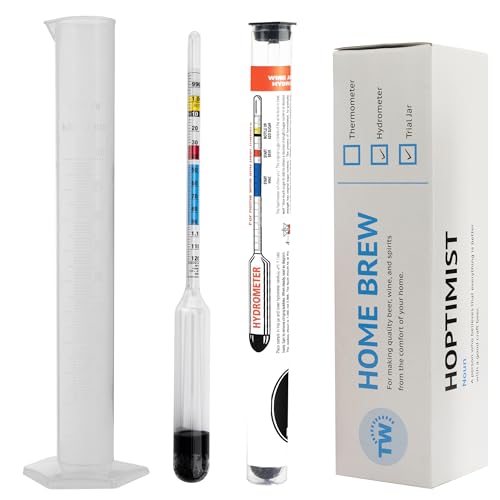- Joined
- May 4, 2020
- Messages
- 993
- Reaction score
- 2,058
I've been reading Terry Foster's illuminating book on Porters and Stouts. One of his Porter recipes - 'Napoleon Brownaparte' - splits the grain bill in even thirds between pale, Crisp Amber and Crisp Brown malt.
The simplicity and symmetry of this are really appealing but it is unlike any other Porter recipe I have read. I now have this nagging feeling it will all go wrong and I won't get enough fermentable sugars.
Anyone brewed it before? Any advice on whether it sounds viable given personal experience of the malts?
The simplicity and symmetry of this are really appealing but it is unlike any other Porter recipe I have read. I now have this nagging feeling it will all go wrong and I won't get enough fermentable sugars.
Anyone brewed it before? Any advice on whether it sounds viable given personal experience of the malts?










































